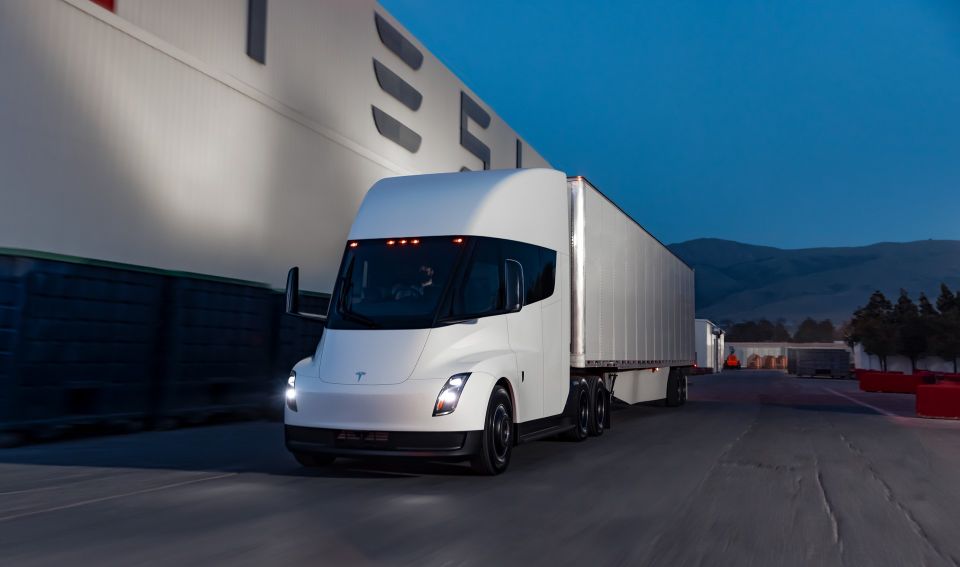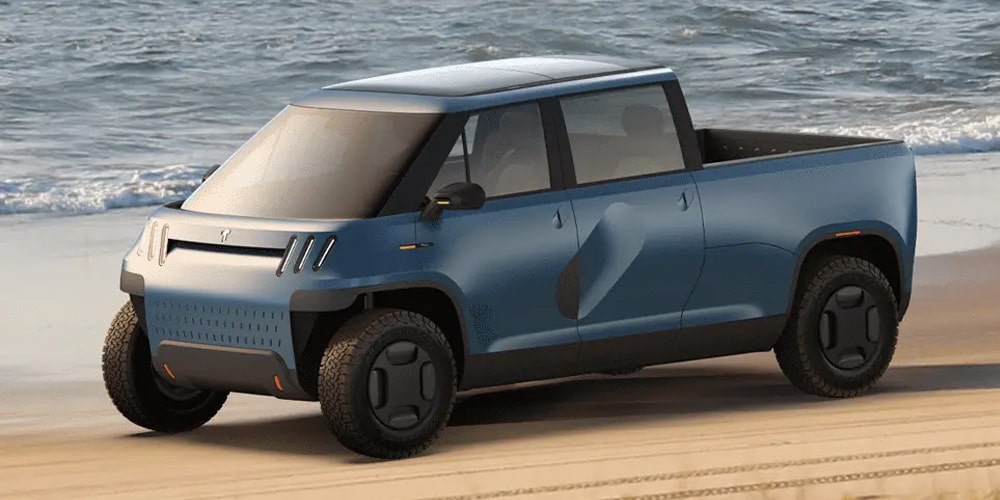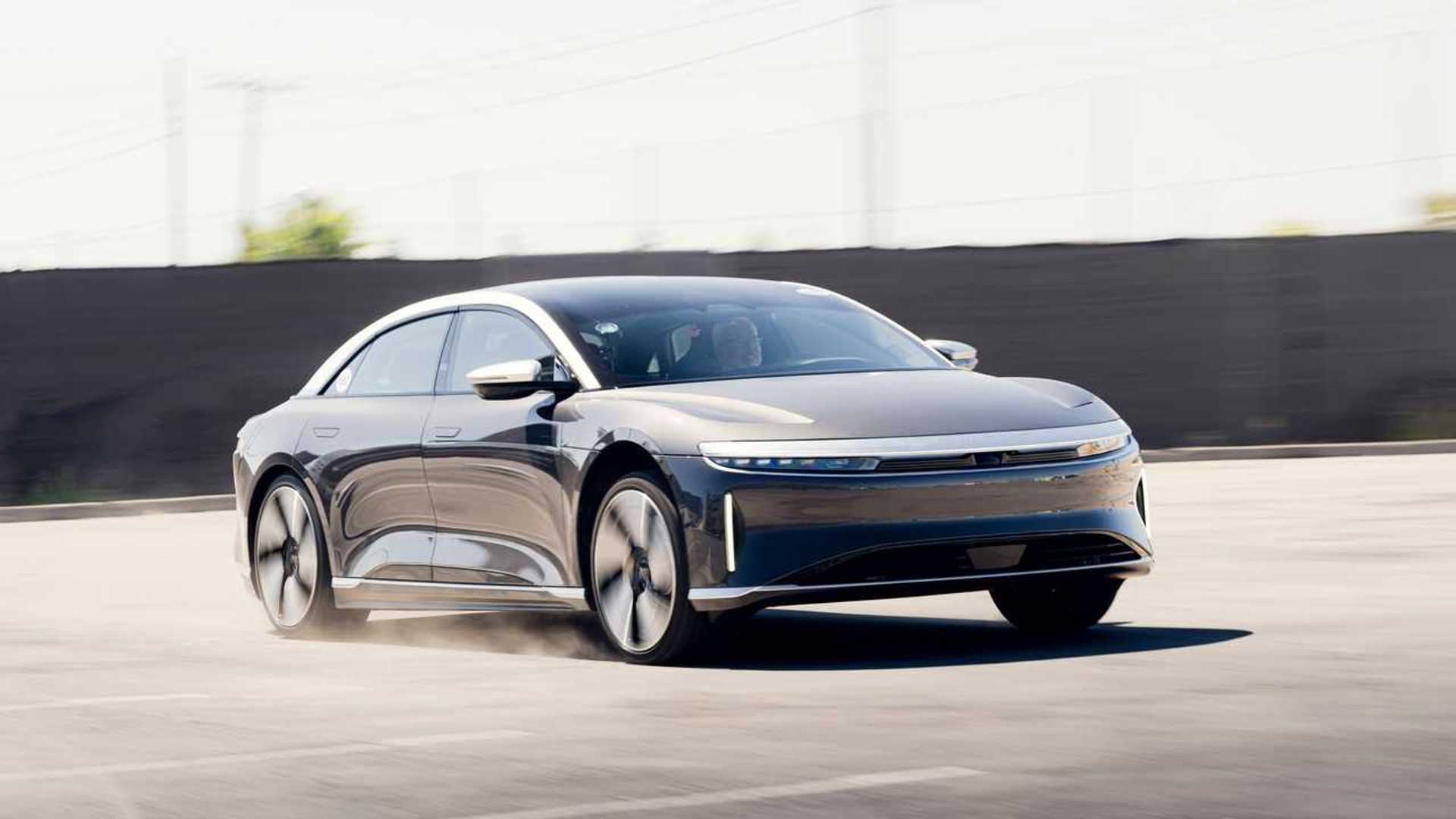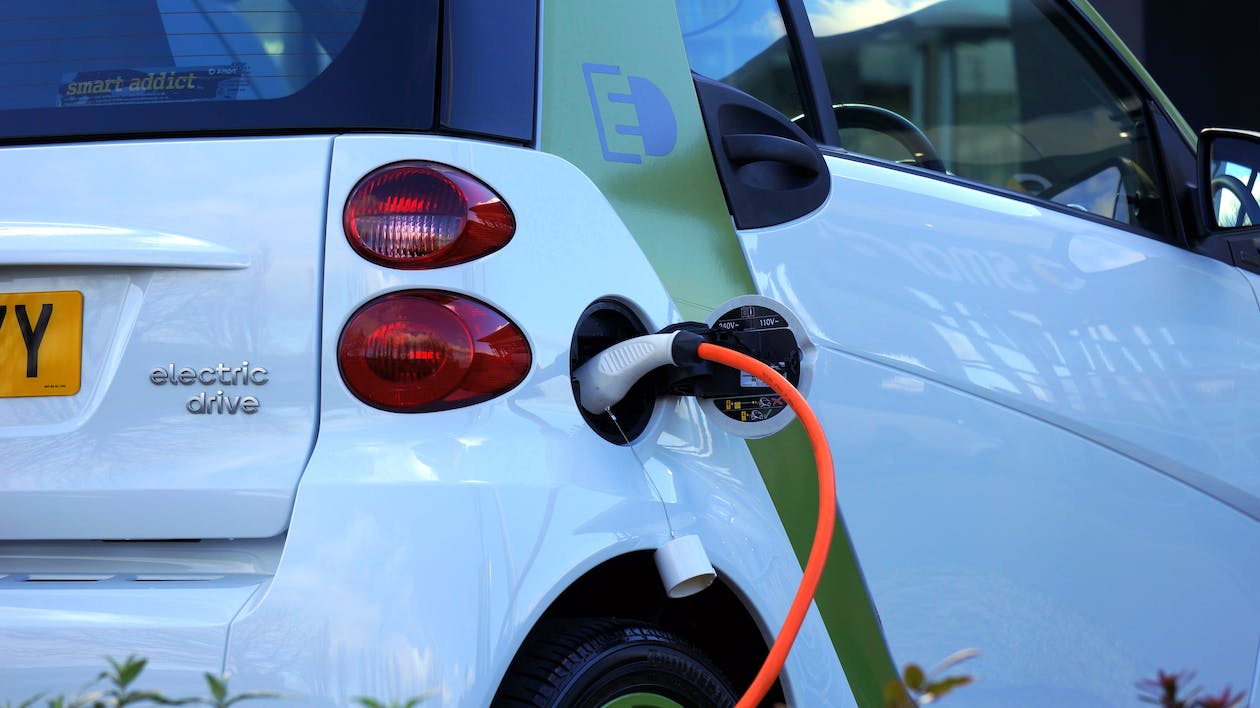Tesla CEO Elon Musk announced yesterday at an energy conference in Austin, Texas, that the higher-volume production of the Semi Class 8 electric semi-truck is not expected to commence before late 2024. Musk attributed this delay to battery supply constraints, as reported by the Wall Street Journal.
While specific details regarding the definition of “higher-volume production” were not provided during the conference, Musk had previously stated that the Tesla Semi would achieve an annual production of 50,000 units beginning in 2024. During the Q3 2022 earnings call in October 2022, Musk mentioned that it would take approximately one year to ramp up Semi production. Based on this timeline, late 2023 to early 2024 was anticipated as the initiation of the production ramp.
Musk shared his aim of manufacturing 50,000 units of the Tesla Semi in North America for 2024, with plans to expand beyond North America. However, considering the latest announcement, it is evident that there may be a delay. While Musk’s statement implied a production ramp beginning in 2024, it remains uncertain if “late 2024” is also included in this timeline. Achieving the goal of building 50,000 Semis in 2024 would be challenging if production commences late in that year.
The Tesla Semi was initially unveiled five years ago and deliveries began in December 2022, following delays from the original 2019 release plan. As Tesla’s first new model delivered to customers since early 2020 when the Model Y was introduced, the Semi holds significant importance for Elon Musk in accelerating the company’s transition to sustainable energy. Heavy trucks contribute substantially to vehicle emissions, and the Semi aims to address this issue.
Presently, Tesla produces the Semi on a pilot production line located at Gigafactory Nevada. In mid-November 2022, Tesla announced a target of producing 100 Semis in 2022, equivalent to approximately 16 trucks per week.
In January, the company revealed plans to establish a dedicated factory at Gigafactory Nevada for manufacturing the Semi. This new facility, requiring a $3.6 billion investment, will accommodate high-volume production of the Tesla Semi and include a 4680 cell factory with an annual capacity of 100 GWh. Musk estimated that this capacity would support the production of 1.5 million light-duty electric vehicles annually.
Looking further ahead, Musk expressed that Gigafactory Nevada’s 4680 battery cell line could potentially achieve an annual production capacity of 500 GWh, though he did not elaborate on the timeframe for such an achievement.
During the energy conference, Musk also emphasized the need for increased power generation by the nation’s largest energy providers. He predicted a tripling of electricity demand by approximately 2045 due to the growing number of electric vehicle owners. Musk urged utility executives to prepare for this surge in demand, stating, “The future is not like the past. The future is a massive increase in electricity demand, and it’s going to take everything that we’ve got to just keep up with it.”







